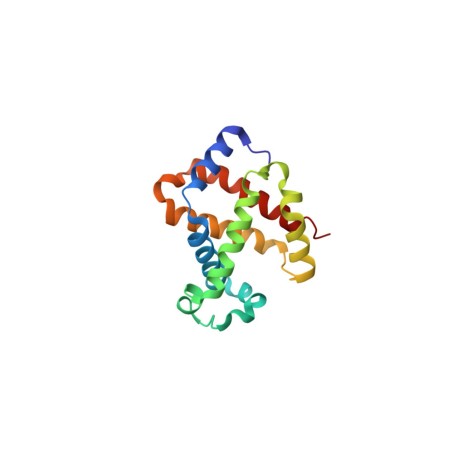 View larger
View larger
Protein A/G Recombinant ( Protein A/G )
DescriptionThe recombinant Protein A/G consists of 7 IgG-binding domains EDABC-C2C3, which corresponds to the Protein A and G domains that are included in the recombinant sequence. The Protein A portion is from Staphylococcus aureus segments E, D, A,
Data sheet
| Storage | After reconstitution, aliquot and store at -20°C. Avoid repeated freeze/thaw cycles. |
| Formulation | Lyophilized white Powder containing no additives. |
| Purity | >95% as determined by SDS-PAGE and RP-HPLC. |
| Applications | Protein A/G is an excellent tool for purification and detection of mouse monclonal antibodies from IgG subclasses without interference from these other serum proteins. Individual subclasses of mouse monoclonals are most likely to have stronger affinity to this chimeric protein than to either Protein A or Protein G. Binding is less pH-dependent than either Protein A or Protein G alone, occurring well at pH 5-8. |
| Description | The recombinant Protein A/G consists of 7 IgG-binding domains EDABC-C1C3, which corresponds to the Protein A and G domains that are included in the recombinant sequence. The Protein A portion is from Staphylococcus aureus segments E, D, A, B and C. The Protein G portion is from Streptococcus segments C1 and C3. The fusion protein has a predicted molecular mass of 50.5 kDa. But it migrates with an apparent molecular mass of approximately 45kDa in SDS-PAGE. |
| Protein Background | Recombinant Protein A/G fusion protein joins IgG binding domains of both Protein A and Protein G. Protein A/G includes four Fc binding domains from Protein A and two from Protein G, yielding a final mass of 50.4 kDa. The binding dependency to pH of Protein A/G lower than Protein A, but has the additive properties of Protein A and G together. Protein A/G binds to all subclasses of human IgG, making it helpful for purifying polyclonal or monoclonal IgG antibodies whose subclasses have not been identifieed. Protein A/G binds to IgA, IgE, IgM and IgD. Protein A/G binds to all subclasses of mouse IgG excluding mouse IgA, IgM or serum albumin. This permits Protein A/G to be used in purification and detection of mouse monoclonal IgG antibodies, with no interference from IgA, IgM and serum albumin. Mouse monoclonal antibodies normally have a stronger affinity to the chimeric Protein A/G than to either Protein A or Protein G. Protein A/G also has been used for purification of macaque IgG. |
| Expression host | Escherichia coli. |

